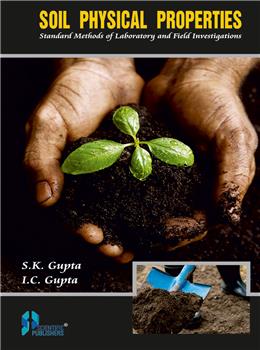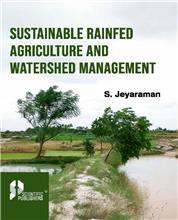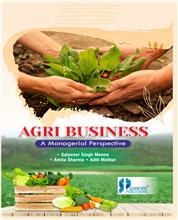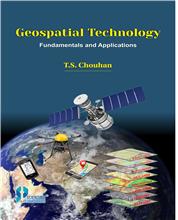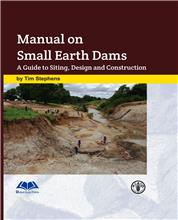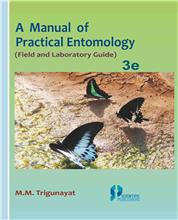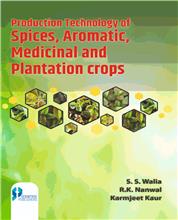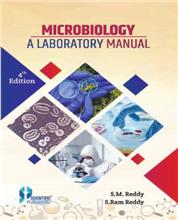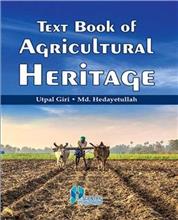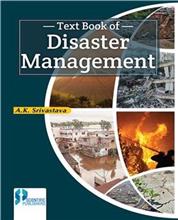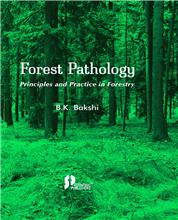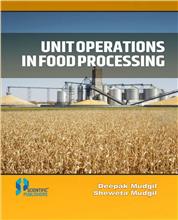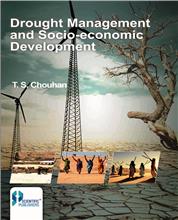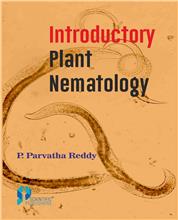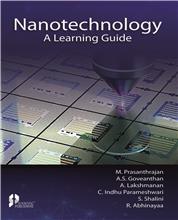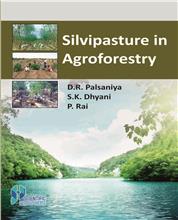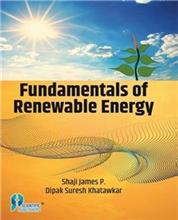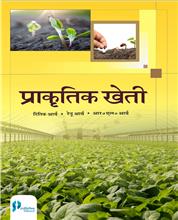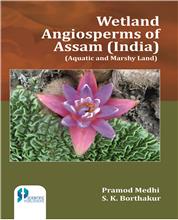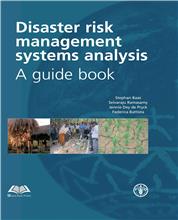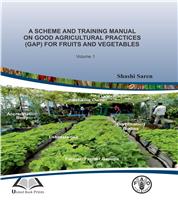Survival of the mankind is intricately linked to healthy
soil - a finite non-renewable resource. On the one hand per capita availability
of this resource is decreasing because of increasing population, on the other
large areas are being degraded. It is not only impacting production and
productivity but also has serious environmental implications. While physical,
chemical and biological properties together determine the quality of soils,
testing soils for their physical properties has become an integral part of the
assessment of soil degradation and design management strategies to maintain or
improve soil quality. In fact, success of any research or management program in
Natural Resource Management rests on testing soil physical properties. Soil
physics, a branch of soil science that studies soil physical properties and
processes, applies the basic principles of physics, physical chemistry,
engineering, and meteorology to resolve practical problems in agriculture,
ecology, and engineering. 'S0il Physical Properties: Standard Methods of
Laboratory and Field Investigations‘ and a State-of-the-Art compendium on
measurement methods of soil physical properties. It is a companion publication of a previous
publication of the authors titled ‘Standard Methods for Analysis of Soil Plant
and Water’.
The motivation to prepare this book has come from the fact
that a number of manuals are available to address the need of soil chemical
analysis but only a handful talk about soil physical properties that too only
in a sketchy manner. The compendium is divided into l5 Well defined chapters,
each chapter dealing with few interrelated properties. The procedures described
in this manual reflect the current knowledge on soil physical tests. In most
cases, more than one method of determination is included enabling the
technicians and researchers to make a knowledgeable decision while choosing a
particular method. A new feature of the manual includes guidelines values of
various soil properties. It should help the analysts and readers to be able to
interpret the results and make sound recommendations. The manual has been
compiled keeping in view the need primarily of agricultural, engineering and
environmental sciences laboratories. The author earnestly hope that the
information contained in this book will be helpful to the technical staff of
the soil testing laboratories in doing their day-to-day analytical work.
Teachers, researchers, research students, field scientists and practicing
engineers especially in the agriculture, engineering and environmental science
streams will find this as a handy reference and text book for practical classes.
